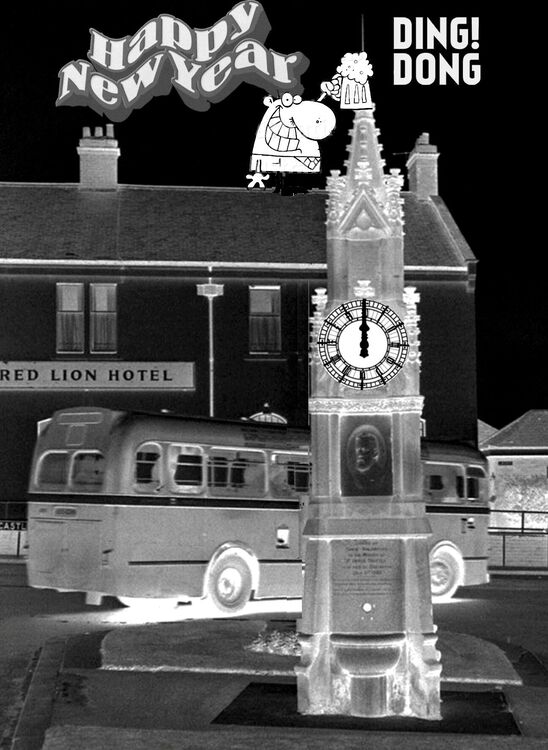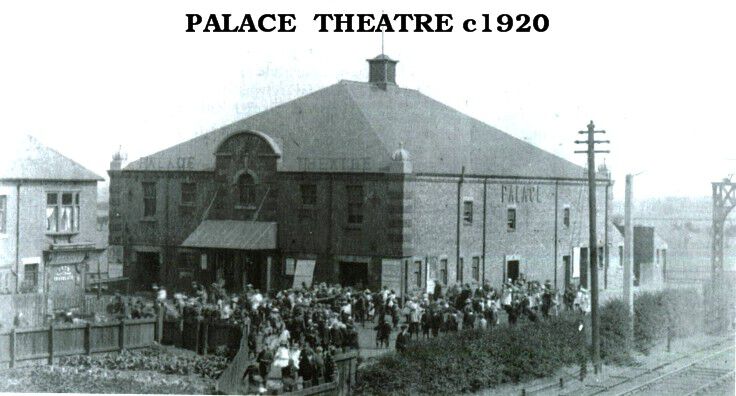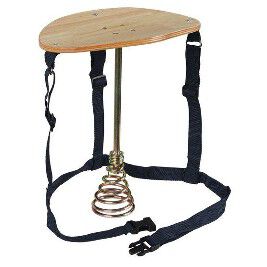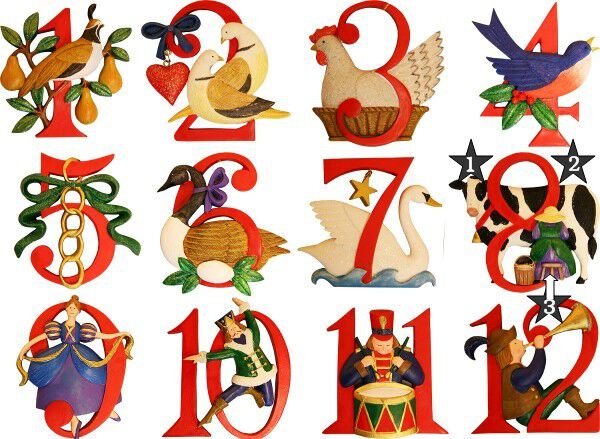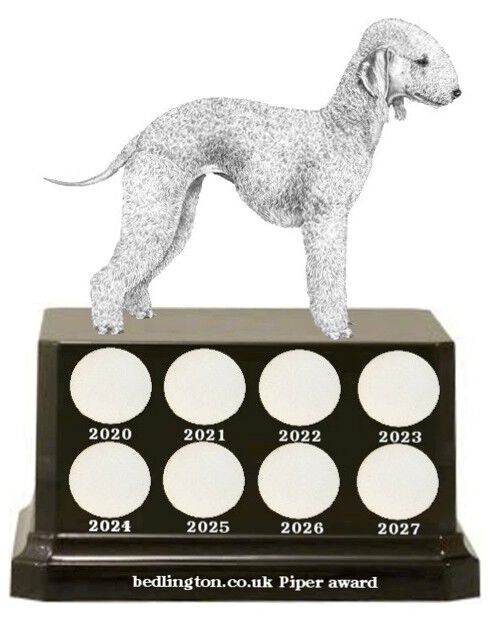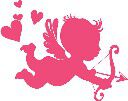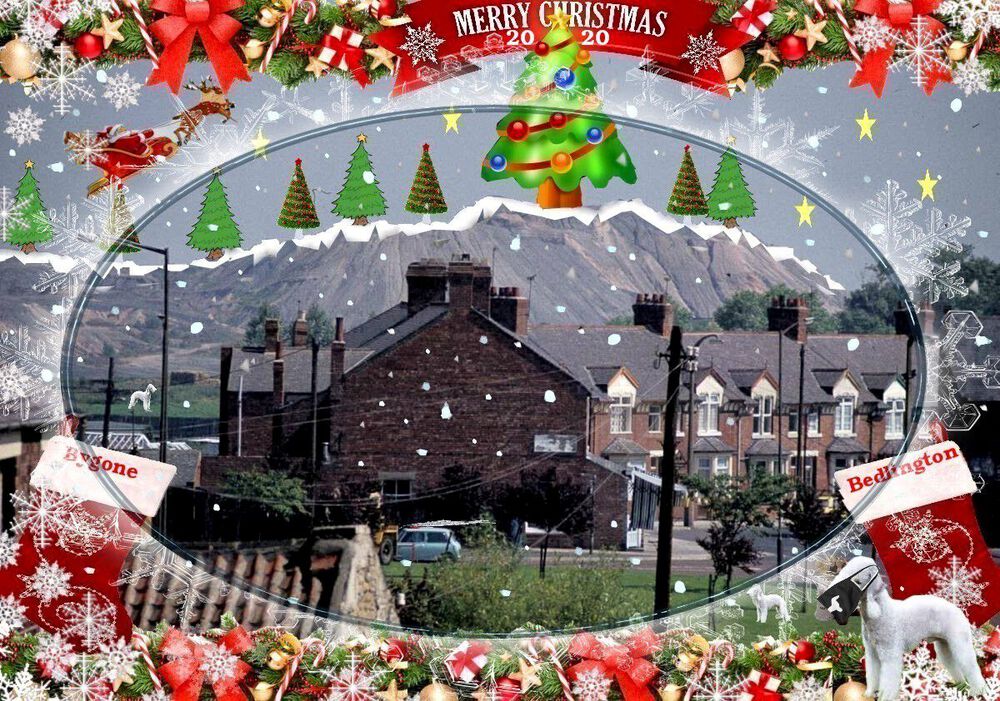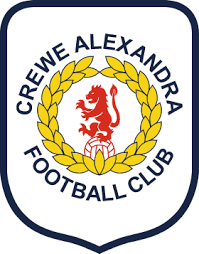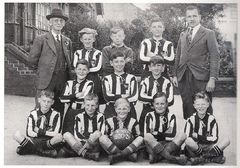
Alan Edgar (Eggy1948)
Supporting Members-
Posts
6,828 -
Joined
-
Last visited
-
Days Won
343
Content Type
Forums
Gallery
Events
Shop
News
Audio Archive
Timeline
Everything posted by Alan Edgar (Eggy1948)
-

Gateway2.jpg
Alan Edgar (Eggy1948) commented on Alan Edgar (Eggy1948)'s gallery image in Historic Bedlington
-
-
-

Police Warning!!! it could happen to you.
Alan Edgar (Eggy1948) replied to Canny lass's topic in Chat Central
I did 🙂 - and ended up playing Mondays 🏌️♂️ - Wednesdays🏌️♂️ & Fridays🏌️♂️ - stayed at home over the weekend to drink more beer🍺🍺🍺🍻🍻🍺.- 1 reply
-
- 2
-

-

-

Todd's Barbers
Alan Edgar (Eggy1948) replied to HIGH PIT WILMA's topic in The Bedlingtonshire Consumer
All the best Bill. When Boris's merry men announce the new restrictions this afternoon I reckon we will be Tier 4 - but we could be Tier 5😷. But by mid spring, 2021, we 70+ age group should be Oxford/AstraZeneca'd 🙂 -
@r21ewwq - I don't know the year the estate was built but there is some info in the book(s) that Evan Martin had published. A map from 1920-21, published in 1924, does not show the estate, just The Palace theatre. The first map, I can find, that shows the estate is from 1938 - published in 1947. The estate was built on The Palace Fields, next to The Palace Theater. I don't know the year the estate was built but there is some info in the book(s) that Evan Martin had published. The First photo of the Kinks Road houses is from the 1930’s in an Evan Martin book. Again from one of Evan Martin's books - The Palace Theater A compilation of the changes to The Palace Theater
- 1 reply
-
- 1
-

-
This is the best I can come up with. The yearly winner gets their membership tag added onto the disc for the year.
-
Christmas Special! 1. Which Christmas song is the best-selling ever? Answer = White Christmas 2. In English-speaking countries we say ”Merry Christmas”. To which European language has Google translated Merry Christmas here? A) Gleðileg jól - Icelandic Buon Natale - Italy C) Feliz Navidad - Spanish D) Glædelig jul – High Pit Wilma-ish (or Danish) E) Frohe Weihnachten - German 3. The modern Santa Clause, with a red outfit and a big white beard, is originally based on St Nicholas, an archbishop from Myra. In which modern day country was he born? Answer = 4. During the 12 days of Christmas, how many ‘legs’ did “my true-love give to me”? Answer = 9028 Day 1 = 2 legs Day 2 = (2 x 2 legs) + 2 = 6 legs Day 3 = (3 x 2 legs) + 4 + 2 = 12 legs Day 4 = (4 x 2 legs) + 6 + 4 + 2 = 20 legs Day 5 = 0 legs + 8 + 6 + 4 + 2 = 20 legs Day 6 = (6 x 2 legs) + 0 + 8 + 6 + 4 + 2 = 32 legs Day 7 = (7 x 2 legs) 12 + 0 + 8 + 6 + 4 + 2 = 46 legs Day 8 = (8 x 2 legs on the milkmaid) + (8 x 3 legs on the stool) + (8 x 4 legs on the cow) + 14 + 12 + 0 + 8 + 6 + 4 + 2 = 118 legs Day 9 = (9 x 2) + 72 + 14 + 12 + 0 + 8 + 6 + 4 + 2 = 136 legs Day 10 = (10 x 2) + 18 + 72 + 14 + 12 + 0 + 8 + 6 + 4 + 2 = 156 legs Day 11 = (11 x 2) + 20 + 18 + 72 + 14 + 12 + 0 + 8 + 6 + 4 + 2 = 178 legs Day 12 = (12 x 2) + 22 + 20 + 18 + 72 + 14 + 12 + 0 + 8 + 6 + 4 + 2 = 202 legs = (2x12)+(6x11)+(12x10 )+(20 x9)+(20 x 8 )+(32x7)+(46x6)+(118x5)+(136x4)+(156x3)+(178x2) + 202 = 9028 5. Which one of Santa’s reindeer shares a name with a famous symbol of Valentine ’s Day? Answer = 6. In Charles Dickens’ novel “A Christmas Carol” what was the first name of Mr. Scrooge? Answer = Ebenezer 7. In The Muppet’s Christmas Carol who played Mr. Scrooge? Answer = Not a lot of people know that 8. According to the folklore of Austria (and some other countries) what horned figure punishes naughty children at Christmastime? Answer = Crampus 9. What well-known Christmas song was the first to be broadcast from space in 1965? Answer = 10. Which holiday movie includes a cameo by Donald Trump Answer = 11. Whose eyes are “all aglow” in The Christmas Song? Answer = 12. Who said “One can never have enough socks. Another Christmas has come and gone and I didn’t get a single pair. People will insist on giving me books.” Answer = 13. Why did Scotland ban Christmas? Answer = Catholicism 14. Which world leader celebrates his birthday on Christmas day? Answer = Justin Trudeau 15.? Which country sends a tree every year to be erected in Trafalgar Square? Answer = Norway 16. Which royal monarch made the first Christmas broadcast? Answer = 17. “Twas the Night Before Christmas” , Clement Clarke Moore’s classic poem,was originally published under what name? Answer = Henry Livingston Jr 18. What are the two most popular words used on Christmas gift tags? Answer = To & From 19. We all know Rudolph, the red-nosed reindeer, but what are the other eight called? Answer = Dasher, Dancer, Prancer, Vixen, Comet, Cupid, Donner and Blitzen 20. Who resurrected Frosty in Frosty the Snowman? Answer = Professor Hinkle I’ll bet you didn’t know …. Golf balls were originally made of leather stuffed with feathers. Answer = I did I still have a few 🏌️♂️
-
a'r un peth i ti John
-

A Sun Dial for Bedlington
Alan Edgar (Eggy1948) replied to Alan Edgar (Eggy1948)'s topic in Talk of the Town
-
@John H Williams - no info from the local Facebook groups after I posted your question + CBC letter. Naturally if there is ant news/Info posted I will add it into this topic.
-
-
-
1. In the book of Genesis, which land is said to lie to the east of Eden? Answer = Land of Nod 2. Marble is formed by the metamorphosis of which rock? Answer = Limestone 3. What would you do in a Cambio? Answer = 4. Which European country produces Tokay? Answer = Hungary 5. Which football club play at Gresty Road and are nicknamed the Railwaymen? Answer = 6. How is deoxyribonucleic acid better known? Answer = DNA 7. Tverskaya is the name of one of Moscow’s most important streets. What was it called prior to 1990? Answer = Gorky Street 8. That’s one small step for man. One giant leap for mankind, said Neil Armstrong. Which of his feet, right or left, made that first step on the moon? Answer = Left 9. What is a killick? Answer = anchor 10. What do fennel leaves taste of? Answer = 11. What does the name Spam stand for? Answer = Specially Produced American Meat 12. Who lived at 221b Baker Street? Answer = I’ll bet you didn’t know …. Author Raymond Chandler’s wife did the housework in the nude. Answer = I didn’t - but as I dream of that lady cleaning The High Window with her feather duster I imagine the event would trigger The Long Goodbye before the final Farewell My Lady as I enjoy The Big Sleep that will follow.
-
How many votes are we allowed? I'd like to vote for :- Andy Millne - Canny lass - Vic Patterson - High Pit Wilma - Jammy & Bedlingtonian🙂.
-
@Canny lass - nothing definite but this comment was posted by Bob Turnbull An elderly lady lived 29 second street had a Bedlington terrier cant remember her name but was Dennis O Brians gran that was late 50s early 60s
-

1930-31 Council school.jpg
Alan Edgar (Eggy1948) commented on Alan Edgar (Eggy1948)'s gallery image in Historic Bedlington
-
@Canny lass - I posted your comment of the local Facebook groups. This is one response, that might help you :- Susan James-Hemsted Mr wails had a Bedlington called piper I think he lived at Netherton we bought our Bedlington off him and called ours piper but that was in the 70s
-
Good luck with your search John. If we here of anything we will pass it on will. If I see Izzy (Crufts 2014 best of Breed winner) around the village I will ask if she has any info🙂
-
@John H Williams - doesn't answer your question on the CBC letter but a member, Daren Mazzie, of the Bedlington remembered Facebook group replied to my posting with this newspaper cutting. Daren did say that he got access to the cutting via a group he subscribes to but didn't say which group only that the date of the newspaper is 1868.
-

BGS c1966.jpg
Alan Edgar (Eggy1948) commented on Alan Edgar (Eggy1948)'s gallery image in Historic Bedlington
-

BGS c1967.jpg
Alan Edgar (Eggy1948) commented on Alan Edgar (Eggy1948)'s gallery image in Historic Bedlington
-

Ernie Armstrong 1968.jpg
Alan Edgar (Eggy1948) commented on Alan Edgar (Eggy1948)'s gallery image in Historic Bedlington
Ernie Armstrong posted Keith Lightley's photo - Didball Cup winners - 1966. Names from Keith. Allan Kid commented :- ' I played in the 66 Diball Cup final, against Manors School from Heaton. The two legged event ended 5-5 If I remember correctly, so the cup was shared for six months each. Others in the team that I remember were Neil Straker, Keith Lightley, Norman Common, Peter Smart. Alan McNally was goalkeeper and was a year younger.




